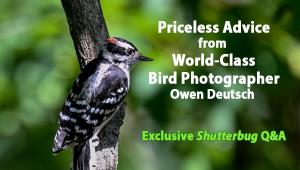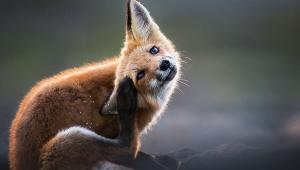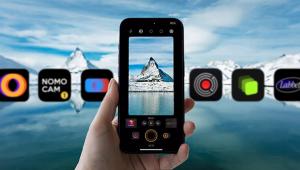Travel Photographer John Shaw Spans the Globe in Search of the Perfect Shot
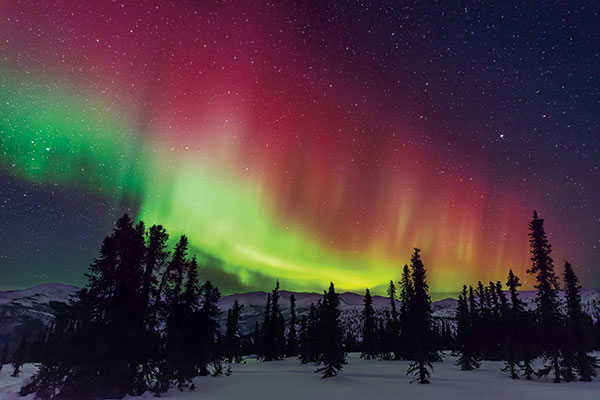
All Photos © John Shaw
Travel and nature photographer John Shaw lives his dream, traveling the world with his camera, without deadlines or obligations. His images go toward stock sales worldwide, in addition to being used in his many books. While he doesn’t shoot on assignment, magazine editors familiar with Shaw’s work will come to him when needed, or he’ll occasionally pitch story ideas to them when planning a trip.
Shaw’s passion for travel and the outdoors developed at an early age. “My parents owned a travel trailer and we visited scenic vistas and national parks all over the U.S. and Canada,” Shaw recalls. His interest in photography developed when he was given a camera in middle school. “I became more serious about it during my college years, when I made my first photo sales. Primarily I was photographing nature subjects at the time. Photography became my full-time pursuit in the fall of 1971, and has been ever since.
“I like working totally for myself, on my own schedule,” Shaw says. Shaw’s spare time is largely his work time, devoted to conducting photo tours and workshops around the globe, while extending each stay to allow him to shoot on his own. “My workshops go hand in hand with my travel plans.” These workshops were born in the late ’70s out of a desire to shoot in East Africa, “simply as a means for me to get to Kenya and Tanzania.”
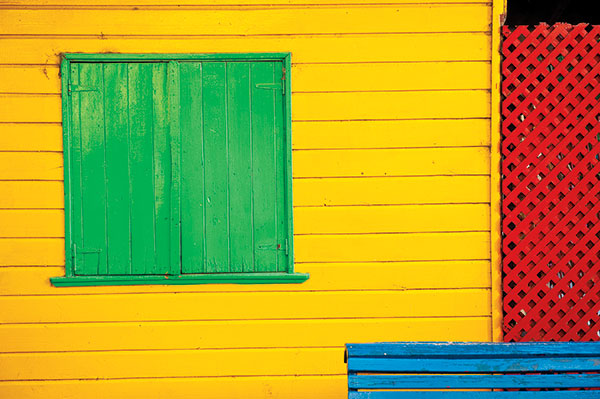
Shaw often photographs with a keen eye for color design. On a stopover in Buenos Aires, Shaw visited the La Boca barrio, famous for its colorful facades, with the intent of capturing these splashes of color. The story goes that residents used an array of color paints left over from refinishing the local fishing boats. “The whole secret to photographing it is to go there when there are not a lot of other people around, specifically avoiding tourist season. I was just walking around with a camera and these facades presented themselves at every turn.” (Nikon D3, 24-70mm f/2.8 lens, tripod.)

Some situations you find; others you set up. “You don’t stumble across a caravan on top of a sand dune at sunset. This is a set-up shot, employing a hired caravan.” Shaw recommends talking to the local tourist board or a tour guide to make arrangements. (Nikon D3, 70-200mm lens, tripod.)
Packing Up
Shaw’s come a long way since shooting with his first reflex camera, a Miranda. Early on he switched to Nikon, beginning with a Nikon Photomic, which had a broken meter, forcing him to rely on the exposure instruction sheets that came with Kodak film. Today Shaw is fully digital, with an arsenal of Nikon gear.
On trips, he carries his gear in one of several Think Tank Photo backpacks that he owns, depending on the situation. The pack will normally hold two camera bodies, currently a Nikon D4S and D810. The lens range encompasses a 16-35mm f/4 or 14-24mm f/2.8 (“depending if I’ll need the extra speed and coverage”), the 24-70mm f/2.8 or increasingly the image-stabilized 24-120mm f/4, plus the 70-200mm f/4, and the new version 80-400mm f/4.5. If wildlife is on the agenda, he’ll add a 500mm (if flying) or 600mm (if driving). While he rarely uses flash, he’ll normally carry the Nikon SB-700. His bulkier SB-800’s usually stay behind.
A Really Right Stuff carbon-fiber tripod accompanies Shaw everywhere. Aside from the low-light advantage, the tripod permits him to shoot at small apertures, which he prefers, for the added depth of field. Each camera has an L-bracket attached, with QR plates affixed to the lenses. To remotely trigger the camera, he’ll use a Nikon MC-30 or MC-36.
When flying, the tripod legs go in luggage. “The one thing I can’t replace is my Really Right Stuff ball head. If I’m in Timbuktu, I could probably get a cheap set of tripod legs to replace a lost set, but I won’t find a quality head. So the head goes in a briefcase, while the backpack holds the rest of my camera gear—all as carry-on.” Also in that briefcase is a laptop. Each night, Shaw imports his Raw captures into Lightroom. Further editing is done in Photoshop. As added insurance, he backs up the files onto portable external USB drives, which he carries separately.
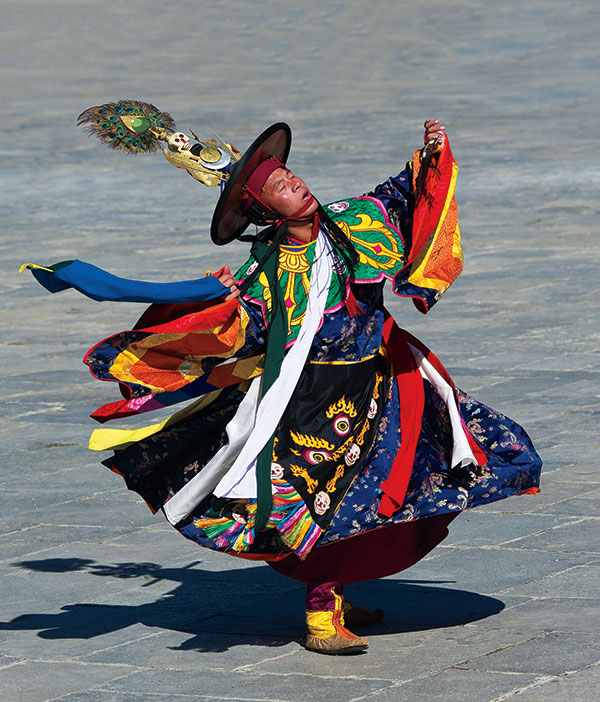
“I timed the trip to correspond with various festivals, which in this case coincided with the marriage of the young king. This Black Hat dancer is at the Tshechu religious festival, in Thimphu, which happens on the tenth day of the month in the lunar calendar. I’m up in the bleachers (actually, the steps surrounding the courtyard of a temple) in this crowded milieu.” (Nikon D3S, 70-300mm lens at 170mm, tripod used as a monopod, with legs collapsed inward.)
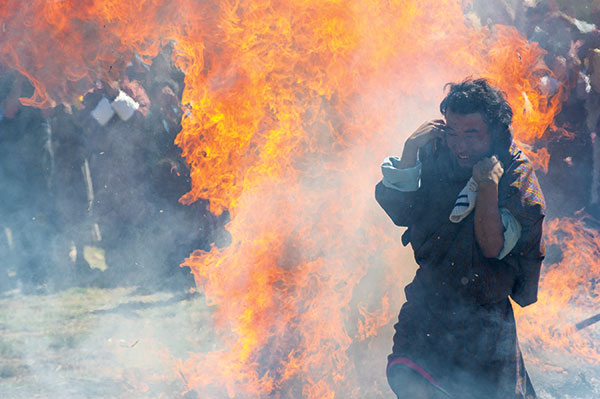
“In a purification ceremony that’s part of the Tangbi Mani festival, villagers run between two burning piles of brush and straw.” Not initially realizing the intensity of what was to come, Shaw found himself quickly backing away to maybe 50 or 60 feet as the piles were set ablaze. “You could feel the heat hit you. There were people running all around and banging into you. While I usually prefer a more studied approach, in this case I just aimed my camera and held the shutter button down, shooting at a fast burst to capture the moment.” (Nikon D3S, 70-300mm lens, handheld.)
Ready To Go
Shaw’s trips range from a minimum of two weeks to as much as six or seven weeks. His cameras have been to all seven continents. “Most of the time, I’m moving around the countryside, from place to place to place, staying at each location for two or three nights. I don’t camp out when outside the country. I usually stay in hotels, which are not always the most accommodating. Here in the U.S., I have a pickup with a camper attached.”
Shaw notes that his most inviting and friendliest experiences were in Chile. Speaking some Spanish helped. The people in New Zealand and Bhutan were also very welcoming, which was also true of Shanghai. In contrast, cities where you’re constantly elbow-to-elbow with people have proved least inviting. “In some places, I’ve had people shove me out of the way so they could look through my tripod-mounted camera.” Hiring a guide helps Shaw get past the language barrier and unfamiliar settings.
As to personal safety, “I keep a low profile. I don’t advertise my cameras. I don’t use the Nikon neck straps, instead substituting third-party straps. I try not to stand out in the crowd. But I make no bones that I’m there to take pictures. I don’t sneak around. Most of the time I’m in public situations. A lot of times I’m places where there are other tourists. I’m not going to places where nobody’s ever been in their life. To protect my valuables, I wear slacks with a hidden zippered pocket where I stash my wallet and papers. Also, I don’t carry a lot of money.”
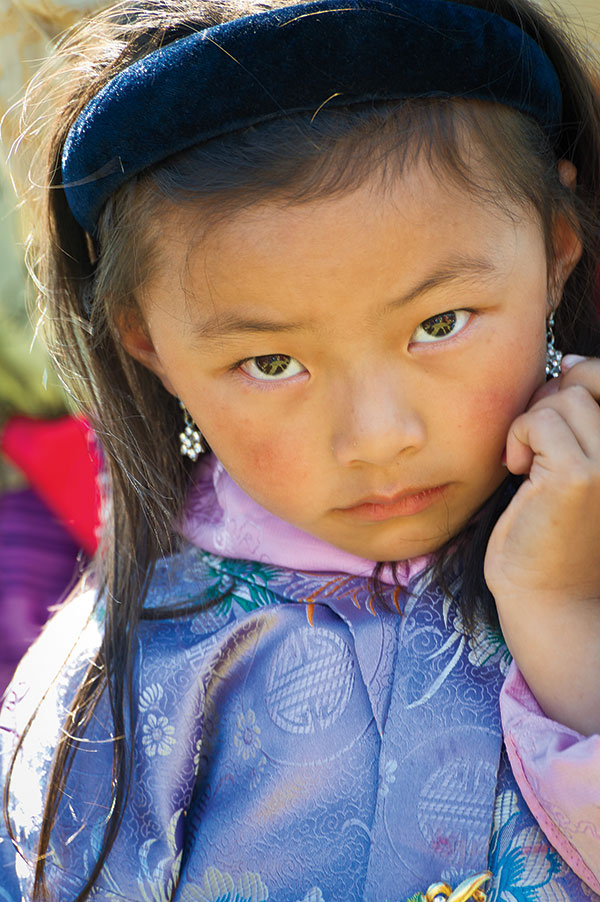
Shaw photographed this little girl in Tangbi Lhakhang, Bumthang district, the village where the fire ritual took place. “She was with her parents. I was just taken by her adorable nature and her garb, and ended up capturing this questioning expression on her face. In situations such as this, where there is clearly a language barrier, the best way I know to ask permission is to simply hold up my camera and smile, in plain view, and wait for the parents to give an acknowledging nod.” (Nikon D3S, 70-300mm lens, handheld.)

There are actually a number of sections comprising the Great Wall of China, over different elevations. This section is in Jinshanling, in Hebei Province. “I was staying at a small hotel that provided access to the Wall. You could hike up or use a gondola up the mountain. Standing in the middle of the walkway along the Wall, you’re treated to this view.” (Nikon D3, 70-200mm lens.)
Getting There
Personal safety and hordes of people are not Shaw’s biggest concern. “The biggest problem is getting there. Airlines have become so problematic. I love being there; I hate getting there. Getting stuff into the overhead compartment is becoming increasingly difficult. Simply stated, it’s getting harder and harder and harder to fly. Once you’re there, I don’t have any problems other than those you’d normally encounter. Flying around the world, in my estimation, has simply become a nightmare.
“I should also add, when I’m flying, I always go in a day or two early, simply because I’m worried about luggage not making it. You have to build some time into travel. It’s important for me to get somewhere early because that’s not usually my final destination and I have to catch a connecting flight or a scheduled ferry. If your luggage doesn’t catch up with you at each leg of the journey, it might not get to you till you arrive home, if then.”
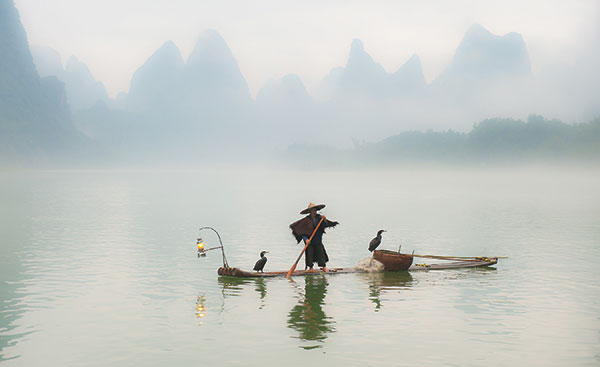
“It was pouring rain when I left at 3 a.m. to get to this location and drizzling when this picture was taken from a nearby dock, with a fine mist hanging over the scene in the foreground and fog veiling the background. But the mood and atmosphere were perfect.” This encounter was prearranged through an interpreter. “They traditionally fish with cormorants, which are trained to dive in and capture the fish (which are attracted by the lantern) and then release them into a bucket. A ring around the bird’s neck prevents it from swallowing its catch.” (Nikon D3, 24-70mm lens, handheld.)
Capturing The World
In his travel and nature photography, John Shaw doesn’t seek to photograph the mundane or the clichéd. He has a special eye for design, and finding colors, shapes, and lines to focus on at practically every turn. “There’s a big difference in how you capture a scene when you try to define the things you’re photographing.” Moreover, he’ll go out of his way to capture a moment in time.
The beauty of what John Shaw does is that it’s realistic for anyone with vision and a plan. You don’t need a magazine to send you to exotic locations. You can do all this yourself. Of course it helps to have Shaw’s eye for design, his understanding of the cultures he wraps himself up in, and his mastery of the moment. Put all these pieces together and you get some very telling images.
John Shaw operates out of the Pacific Northwest. To see more of his work and find out about his worldwide photo tours and workshops, visit www.johnshawphoto.com. His latest book in print is John Shaw’s Guide to Digital Nature Photography (Amphoto).
